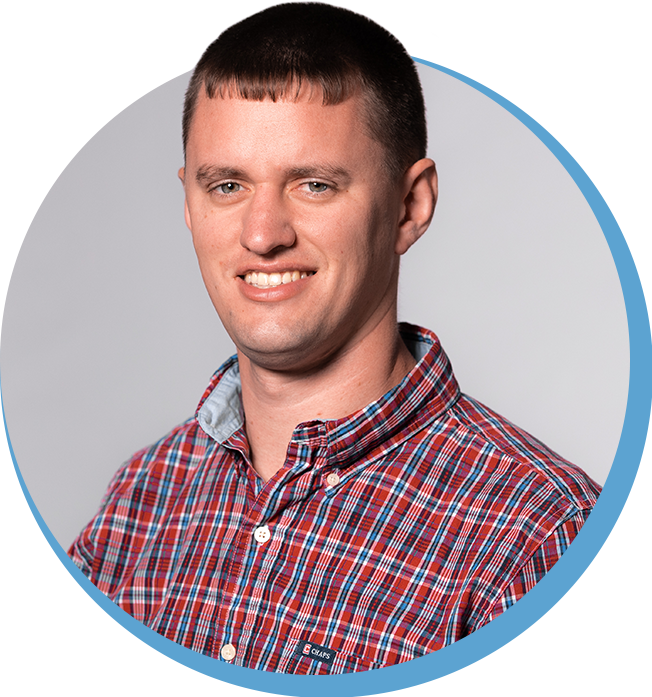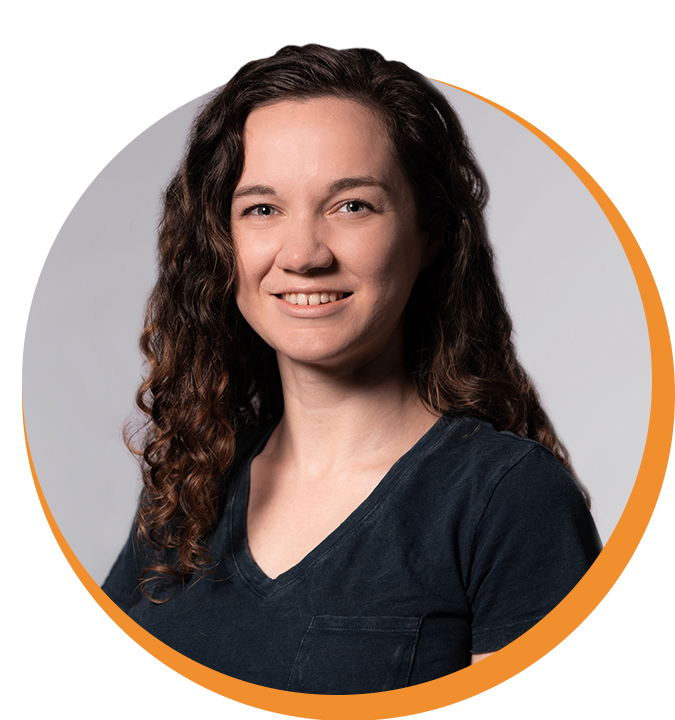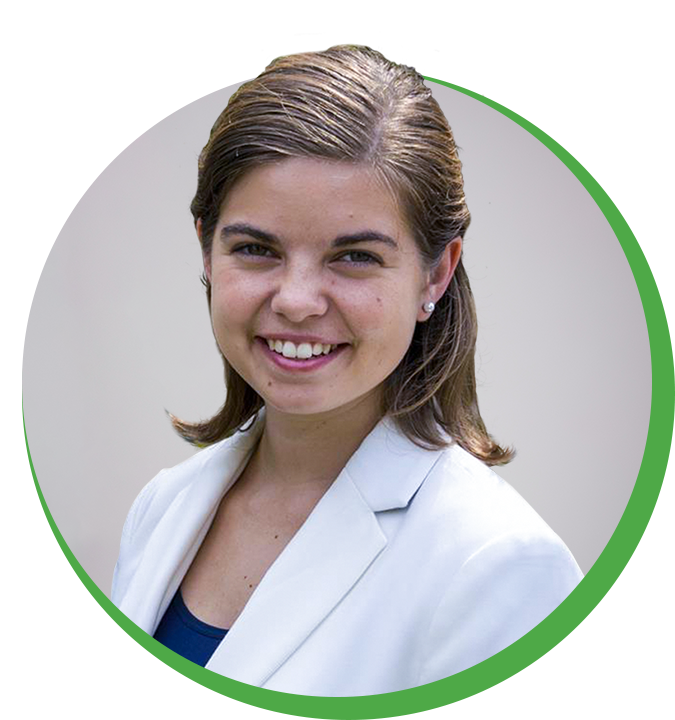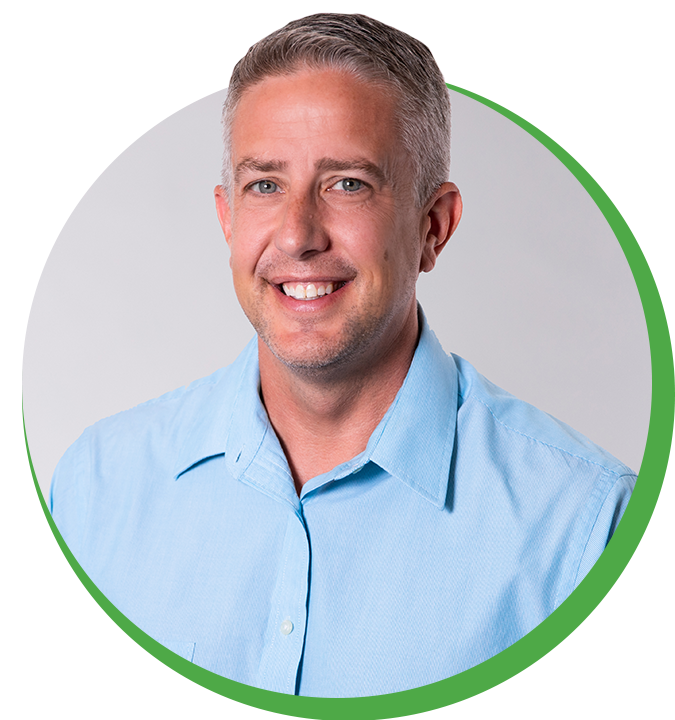Nathan Mayo
Director of Member Services
Read more from Nathan
Challenging, relational programs are an effective path to life transformation. The only downside to such models is that they usually require a high ratio of staff and volunteers to clients. It seems reasonable that implementing such a model in a residential addiction recovery program would demand round-the-clock vigilance and 24/7 staffing to help keep former addicts from falling back into bad habits. Surprisingly, Ascent Recovery proves that there is another way. In their program, clients hold each other accountable, with minimal input from program staff and no authority figures living on site.
In 2008, Teddy Steen, a credentialed substance abuse counselor, set out to build a residential transformation program for men in Joplin, Missouri. In preparation, she spent nearly two years visiting and researching other programs around the country, finally finding an Atlanta-based nonprofit with a model she felt was worth emulating.
Today, ASCENT Recovery Residences is a year-long residential transformation program for men recovering from drug and alcohol addiction—it is not a treatment program, but augments clinical treatment. Ascent Recovery’s model is distinguishable by two central components:
- First, it has a very challenging set of restrictions and rules for residents that relax as clients move through the program.
- Second, it uses the residents themselves as the primary enforcement mechanism for the standards of conduct rather than relying solely on the authority of the staff to enforce the rules.
This innovative model, known as a “therapeutic community,” is central to their high rate of program success. Outside of their organization, the scientific literature on this model is also very promising.
Entry into Ascent’s program is not easy—they only admit around 20% of applicants. The application process screens for clients who have a real willingness to change by ensuring they understand how difficult the program will be. Once admitted, the majority (60-70%) of residents who make it past the first few days will complete the program. From graduation, they have about an 80% success rate of maintaining sobriety. These figures stack up well against an industry average graduation rate of 30%. This success rate is especially impressive given that Ascent takes many clients right out of jail or who have multiple offenses on their record. The program’s performance is above average because it is more challenging and relational than normal. Its rigorous standards ensure that only clients serious about change enter the program and the relational power of the community they create serves as a catalyst for real change.
The Standards
Ascent divides its program into two phases. The first phase has a 7-man capacity, and the second phase has a 5-man capacity; the men of each phase are housed separately. Each participant is on an individualized track, so the community evolves as men enter, phase up, and graduate at their own pace. Graduation from each phase is based on a set of explicit requirements rather than a strict timeline. Clients pay $100 a week for the program, as well as pooling $40 a week to collectively buy the groceries they need.
In the first phase (the Intensive Residential Program), residents give up all electronics, control of their money, and unapproved access to people and places outside of the program. There are also required chores, classes, church attendance, Alcoholics Anonymous/Narcotics Anonymous meetings, drug testing, and counseling. After the first few weeks, clients work offsite in addition to their programmatic duties.
Once clients graduate to the second phase, the Extended Residential Program, they move to a new shared home, regain access to electronics, manage their own finances, and have less restricted contact with people outside of the program.
Community-Based Development
With so many rules and restrictions, it seems like Ascent would necessarily require someone to keep track of each client and hold him accountable. In fact, Carl Perkins, the program manager, only drops into the residences a few times a week, to lead classes or participate in select house meetings. Program participants are expected to both enforce the rules with one another and solve their own internal conflicts. Clients only call staff to report violence, missing persons, drug/alcohol use, or medical emergencies. How is this possible?
Residents begin the program by creating a contract with the Ascent staff and the other community members. In addition to agreeing to the clearly defined structures of the program, they also identify “concrete goals” (e.g. getting a job, saving money, staying sober) and “growth goals” (e.g. learning how to handle anger, resolving problems with a family member, becoming more assertive). This contract is a critical part of the system of enforcement. A key section states, “The therapeutic community is responsible for confronting an individual about whom they may be concerned. Failure on the part of the community to accept their responsibility results in members engaging in a conspiracy of silence. When this occurs, you may be discharged…”
The obvious question is, “How often do residents conspire to hide rule violations?” According to Teddy Steen, such cover ups are usually very short-lived. Problems eventually bubble over and come to the attention of staff if not addressed by the community.
There are also formal systems in place for the men to use to raise their concerns. Each Sunday evening, the men prepare a shared meal, someone shares about his life story, and then men present their concerns and issues for initial discussion (e.g. “I don’t think we’ve divided up the lawn work evenly” or “Jim, I’m concerned that you aren’t following your growth goal of getting your anger under control” or “Joe, it seems like you keep drinking all of the milk”). The following evening, the men hold another meeting to address the issues that arose. The Ascent staff attends this meeting but, ideally, they don’t intervene to solve the issues—they just watch the men solve them on their own. If Carl is aware of an issue that the men didn’t bring up, such as the fact that the common areas are dirty, he will raise the issue and ask why they didn’t bring it up themselves.
If a client tries to inform the Ascent staff about a problem he has with another resident, the staff will refuse to discuss it without the other party present. Even then, staff require the men to address each other directly, not appeal to staff for arbitration. Because arbitration is not the default manner by which to settle conflict, residents must practice settling their conflict directly, as they will have to do in the world outside the program.
Best Practices
During their experience running a therapeutic community, the Ascent team has learned many things along the way.
First, it is better to be selective with the individuals they allow into the program. Early in his tenure, Carl says that he occasionally admitted a new program member against his better judgment if the applicant was insistent that he was prepared for the rigorous program. That has nearly always backfired, with the client dropping out of the program in short order. Now, if an applicant claims to know he is ready, even though the staff thinks he’s probably not, they give the client some next step or test to prove his readiness. If he completes it, they will welcome him in.
Second, as counterintuitive as this is to a program that seeks holistic recovery, they learned to limit clients’ access to family in the early part of the program. Clients occasionally protest that their children are the most important part of their lives, and that they need to spend as much time with them as possible. While this sounds sensible, Carl points out that such statements are more aspirational than true—if their kids were central to their lives, they would have sought help earlier and have remained committed to sobriety and responsibility sooner. In many cases, clients who make these claims haven’t made an effort to see their kids in over a year prior to entering the program. While Ascent believes strongly in reuniting families, they intentionally limit contact as clients are gaining stability. They find that the emotional stress of family interaction often drives men back to their addiction until they can build up other coping mechanisms. Additionally, the Ascent staff wants to protect the children from yet another disappointment or trauma. Over time, they increase exposure to family, first with letters, then planned short visits or calls, which they process in conversations with the Ascent staff.
Finally, Carl cautions that it is important to maintain the program rules without exception. Occasionally, residents will ask staff for some exception to policy, but such exceptions tend to undermine the program. With frequent exceptions to rules, residents can lose the confidence that comes from consistent standards. If someone gets authorization to violate curfew, unauthorized curfew violators are less likely to be confronted by their peers, because it is easy to rationalize that they might have received an exemption and avoid the confrontation. Additionally, it places the pressure of precedent on staff to authorize many more exemptions for many more people than they had intended from the outset. Keeping the standards as inviolable gives staff and residents the confidence of consistent rules. Enforcement is simple when the standards are constant.
Conclusion
Ascent Recovery Residences’ therapeutic community model provides a fascinating application of challenge and is doubtless applicable outside of chemical addiction recovery, as well. Regardless of whether your program adopts it completely, there are always ways to incorporate aspects of the principles and practices into your own work. For instance, the two-meeting client-led process for uncovering issues and concerns could be used in any residential program. Additionally, any program could refuse to mediate certain types of issues between clients and insist that clients address each other directly, if needed, in the presence of a staff member.
Ascent proves that people’s capacity to challenge and sharpen one another and grow to a higher level of life is often much greater than we presume.






